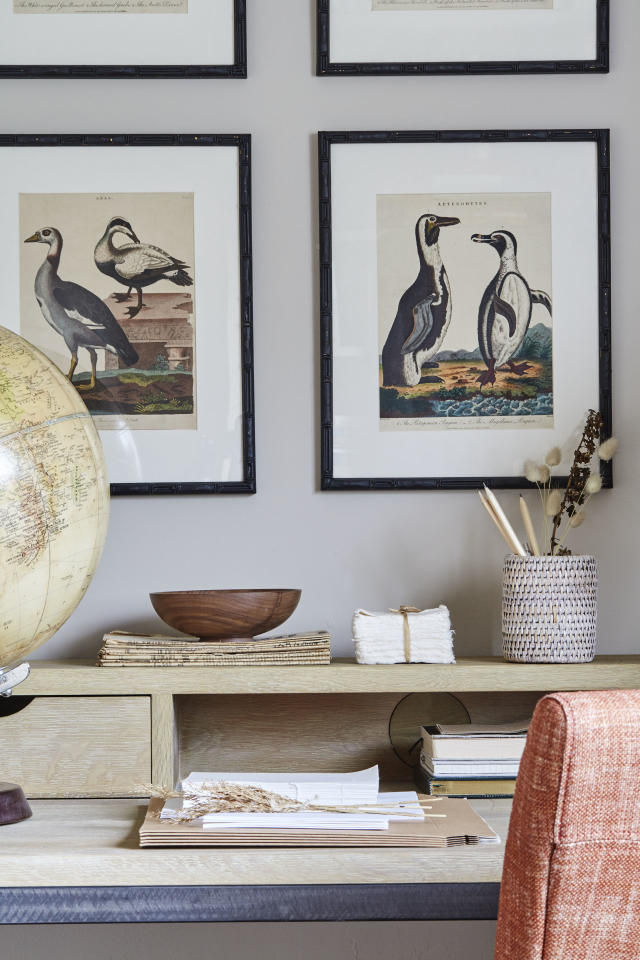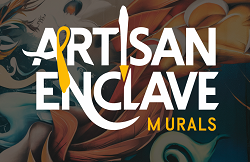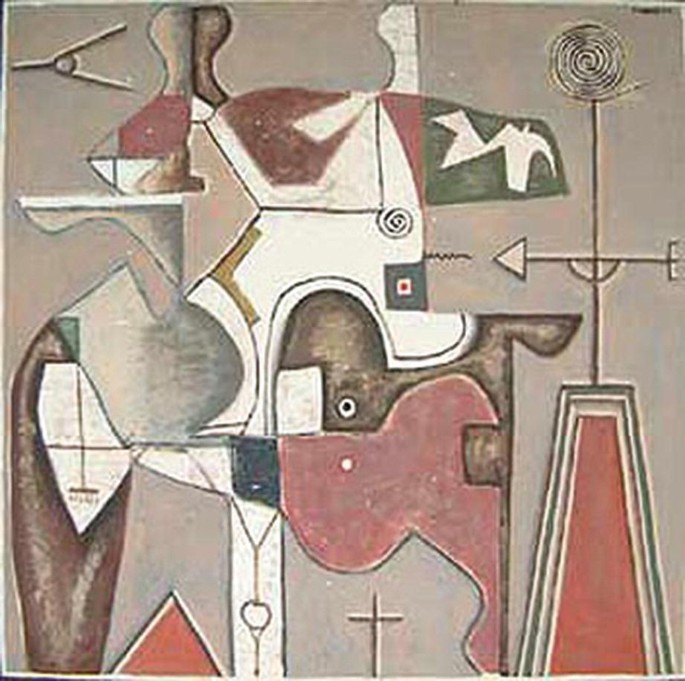Copyright laws are essential for protecting the rights of artists and ensuring that their creations are used appropriately. This article delves into the complexities of copyright laws as they apply to murals and public art, providing a comprehensive guide for artists, photographers, and businesses involved in the creation and use of mural imagery.
Understanding Copyright Ownership and Fair Use
Copyright Ownership
Copyright is a legal term used to describe the rights granted to creators for their original works, including murals and other forms of public art. These rights typically include the ability to reproduce the work, prepare derivative works, distribute copies, and display the work publicly.
Fair Use
Fair use is a doctrine that allows limited use of copyrighted material without requiring permission from the rights holders. This is particularly relevant in the context of murals, where the public display can intersect with copyright issues.
Licensing Images for Murals in Commercial and Office Spaces
When it comes to using images for murals in commercial or office environments, licensing becomes crucial. Here are the key aspects:
- Licensing Process: The process involves obtaining permission from the copyright holder to use the image in a mural.
- Cost Factors: Costs can vary based on the size of the mural, the prominence of the image used, and the duration of the display.
Public Domain Art and Its Use in Murals
Utilizing public domain art can be a beneficial strategy for muralists. Public domain images are those whose copyrights have expired, or were never applicable, making them free to use without restrictions.
- Benefits: Using public domain art reduces legal risks and eliminates licensing fees.
The Legal Challenges of Using Murals in Marketing and Social Media
Marketing and Social Media
The use of murals in marketing and on social media platforms can lead to copyright disputes if not handled correctly. Understanding the scope of the Visual Arts Rights Act (VARA) is crucial, as it provides protections that might affect how murals can be used and altered.
Mural Art Licensing Guide
For artists looking to license their mural art, here are some important considerations:
- Copyrighting Mural Art: Steps include registering the artwork with the appropriate copyright office.
- Protecting Artwork: Legal protections ensure that mural art is not reproduced or used without permission.
Partnering with Big Brands for Art Licensing
Collaborating with large corporations can offer mural artists significant exposure and financial benefits. However, navigating these partnerships requires careful consideration of copyright and licensing agreements.
Creating a Gallery Wall Using Public Domain Art
Creating a gallery wall with public domain images involves several steps and considerations:
- Selection Process: Choosing the right images that fit the artistic theme of the mural.
- Ethical Considerations: Properly crediting the original artists, even if the work is in the public domain.
Fair Use of Copyrighted Images in Artwork Creation
Fair use in mural creation involves understanding several criteria:
- Purpose and Character: The use should be transformative or for educational purposes.
- Nature of the Copyrighted Work: Published works are more likely to be considered fair use.
- Amount and Substantiality: Using a small portion may favor fair use.
- Effect on the Market: The use should not negatively affect the market value of the original work.
Conclusion: Best Practices for Navigating Copyright Laws
Navigating copyright laws requires a balanced approach that respects the rights of copyright holders while also fostering creativity. Here are some best practices:
- Educate Yourself: Understanding copyright laws is crucial.
- Seek Permissions: When in doubt, obtaining permissions can avoid legal complications.
- Consult Le you can try these out gal Experts: Professional advice can help navigate complex legal landscapes.

By adhering to these guidelines, artists and businesses can ensure that their use of mural art remains both creative and compliant with copyright laws.

I am Nicholas Cremean, your guide and expert in the nuanced world of mural installations. With over a decade of experience in the mural industry, I specialize in bringing artistic visions to life on walls and surfaces of all types.




